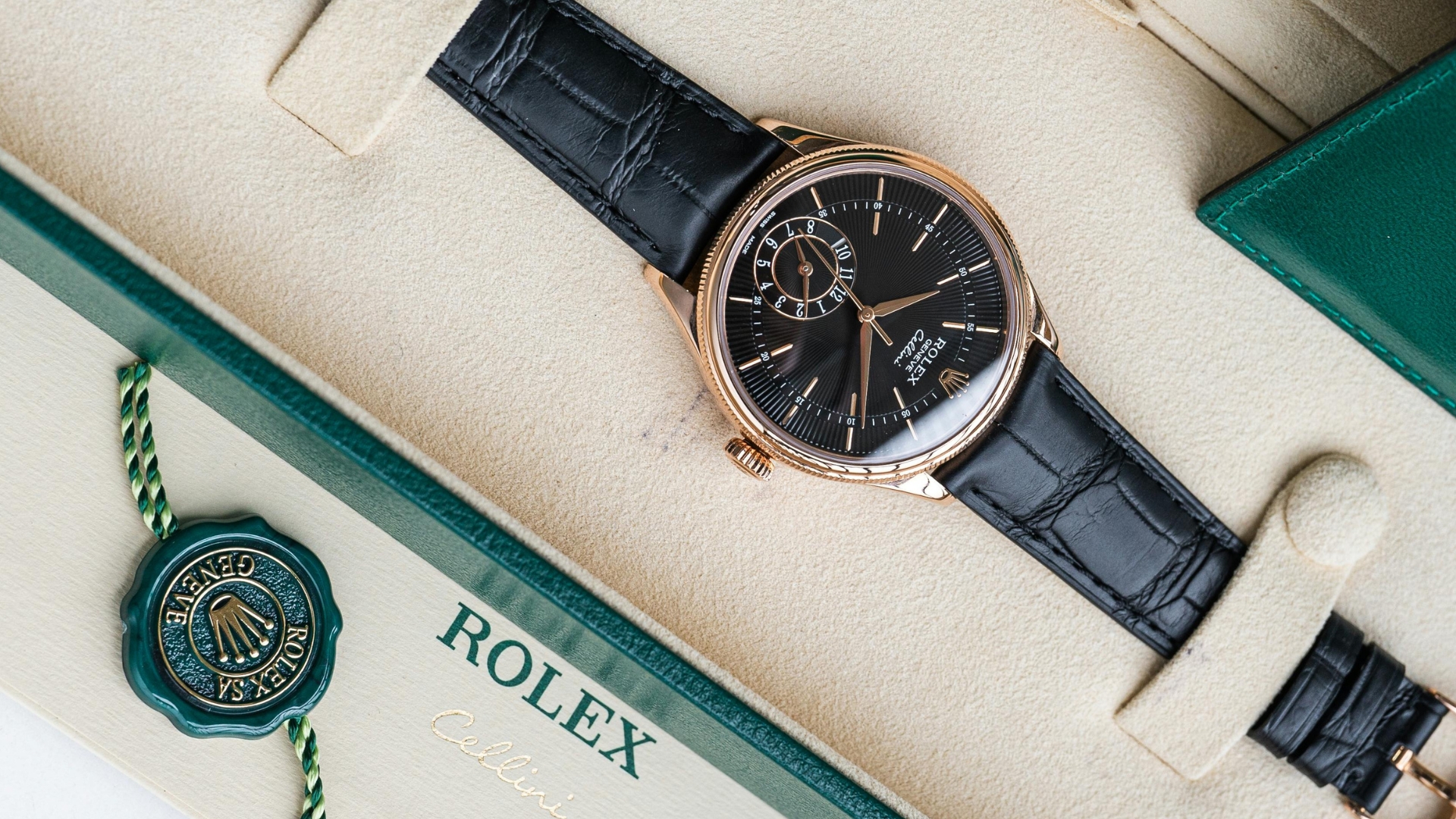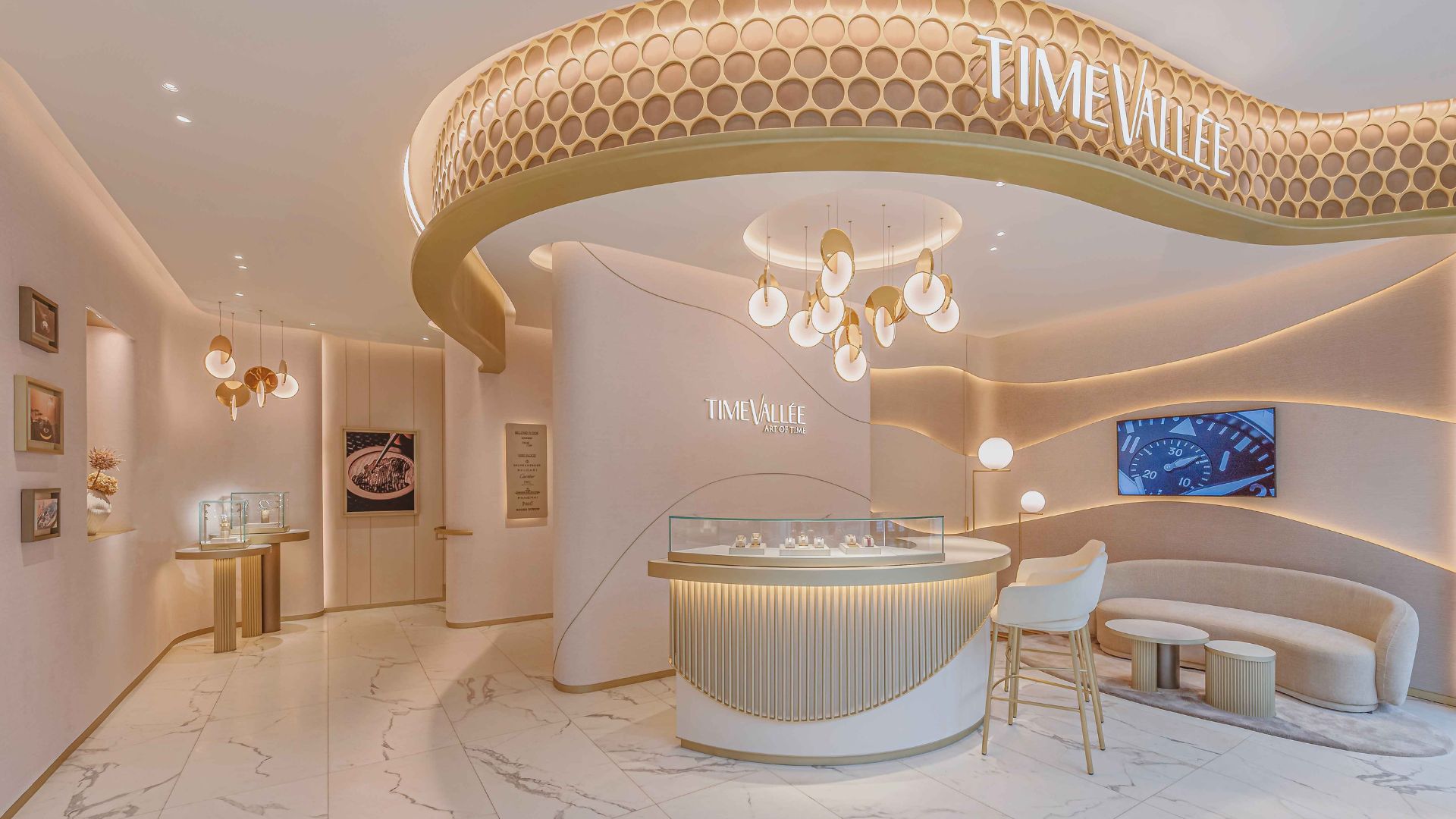Tariffs Are Testing the Resilience of the World’s Most Storied Crafts


Few industries are as battle-hardened as Swiss watchmaking. It has survived the quartz revolution, weathered currency surges that priced it out of key markets, and adapted through recessions that shuttered boutiques across the world. Each challenge forced reinvention, whether through mechanical innovation, bolder design language, or strategic expansion into newer markets. That instinct to adapt is again in the spotlight as the industry faces a politically charged headwind: a 39% U.S. tariff on Swiss exports, announced on August 7, and an additional 25% levy—added atop an earlier 25% duty—on Indian goods, taking total U.S. tariff to a staggering 50%. Together, these moves threaten to reshape the global flow of luxury or prestige goods, and test the resilience of the world’s most storied craft traditions, including watch and jewellery making.
The 39% tariff strikes at the core of how Swiss watchmaking operates. The “Swiss Made” label is a protected standard, demanding that 60% of a watch’s value be produced domestically. This legal constraint means brands can’t simply move production elsewhere to offset costs. Swatch Group CEO Nick Hayek was quoted by Reuters as saying, “We produce everything in Switzerland, not in China. And we have a high cost. And when you add a 39% tariff, we cannot absorb that. So, prices will go up for sure.”

In anticipation, Swatch — owner of Omega, Tissot, and Longines — has pushed more inventory into the U.S. and encouraged American collectors to shop overseas. The industry as a whole saw a spike in spring exports, a short-term tactic to buy breathing space. Analysts like Jean-Philippe Bertschy of Bank Vontobel in Zurich told Reuters that while ultra-high-end timepieces can absorb price hikes with minimal damage to demand, entry and mid-tier models risk losing their competitive edge in a crowded market. “The industry is hoping that the tariffs can be negotiated down to something like the 15% that Europe has,” said Bertschy. “If the 39% tariff remains, it would be devastating for the industry.” Switzerland is continuing appeals with the U.S. at both senior and technical levels to reduce the 39% tariff, though previous talks have not yet produced a reprieve.
The impact of these tariffs isn’t confined to Europe. The story in India’s gem and jewellery sector is equally fraught. The U.S. market accounts for more than $10 billion in annual exports. According to the Gem and Jewellery Export Promotion Council (GJEPC), in Mumbai’s SEEPZ Special Economic Zone alone, 85% of output is U.S.-bound, supporting around 50,000 jobs. For cut and polished diamonds, half of exports go directly to American buyers. “The Indian gem and jewellery sector, in particular, stands to be severely impacted. The United States is our single largest market, accounting for nearly 30% of our industry’s total global trade,” explained Kirit Bhansali, Chairman of the Gem and Jewellery Export Promotion Council. “A blanket tariff of this magnitude is severely devastating for the sector.”
GJEPC warns that a 50% tariff would tilt the playing field in favour of competitors in Turkey, Vietnam, and Thailand. These hubs, facing much lower duties, could quickly fill the supply gap if Indian goods become too costly for U.S. retailers. The result could be cascading closures, from family-run karigar workshops to large export houses, disrupting a centuries-old ecosystem of craft and trade.

Needless to say, these moves with regard to imposition of tariffs force a reckoning for the global luxury market. Large, well-capitalised maisons might gamble on absorbing some of the hit, trusting that brand prestige will keep buyers loyal. Independent Swiss watchmakers and emerging Indian jewellers, already operating on tighter margins, have far less room to manoeuvre. Retailers may diversify sourcing or lean more heavily on markets unaffected by these tariffs. Collectors, meanwhile, could shift purchasing habits to international destinations and secondary markets where pricing remains more competitive.
The luxury sector has never been immune to geopolitics. Global luxury sales growth has already slowed to around 4-5% this year, down from double-digit highs during the post-pandemic rebound. Tariffs of this scale are set to reshape the flow of goods, the geography of manufacturing, and even the psychology of buying. If a Swiss chronograph suddenly costs as much as a small car in New York, or a diamond necklace from Surat is undercut by one from Bangkok, consumer behaviour will change.
While the looming threat is, of course, a temporary slowdown, the real question is whether there will be a lasting recalibration of where prestige is sourced from and how it is valued. In that sense, the true cost of these tariffs may not be measured in lost sales this quarter, but in whether the world’s most storied crafts can hold their ground when the rules of trade turn against them.
Image credits: Respective Brands












.png)





